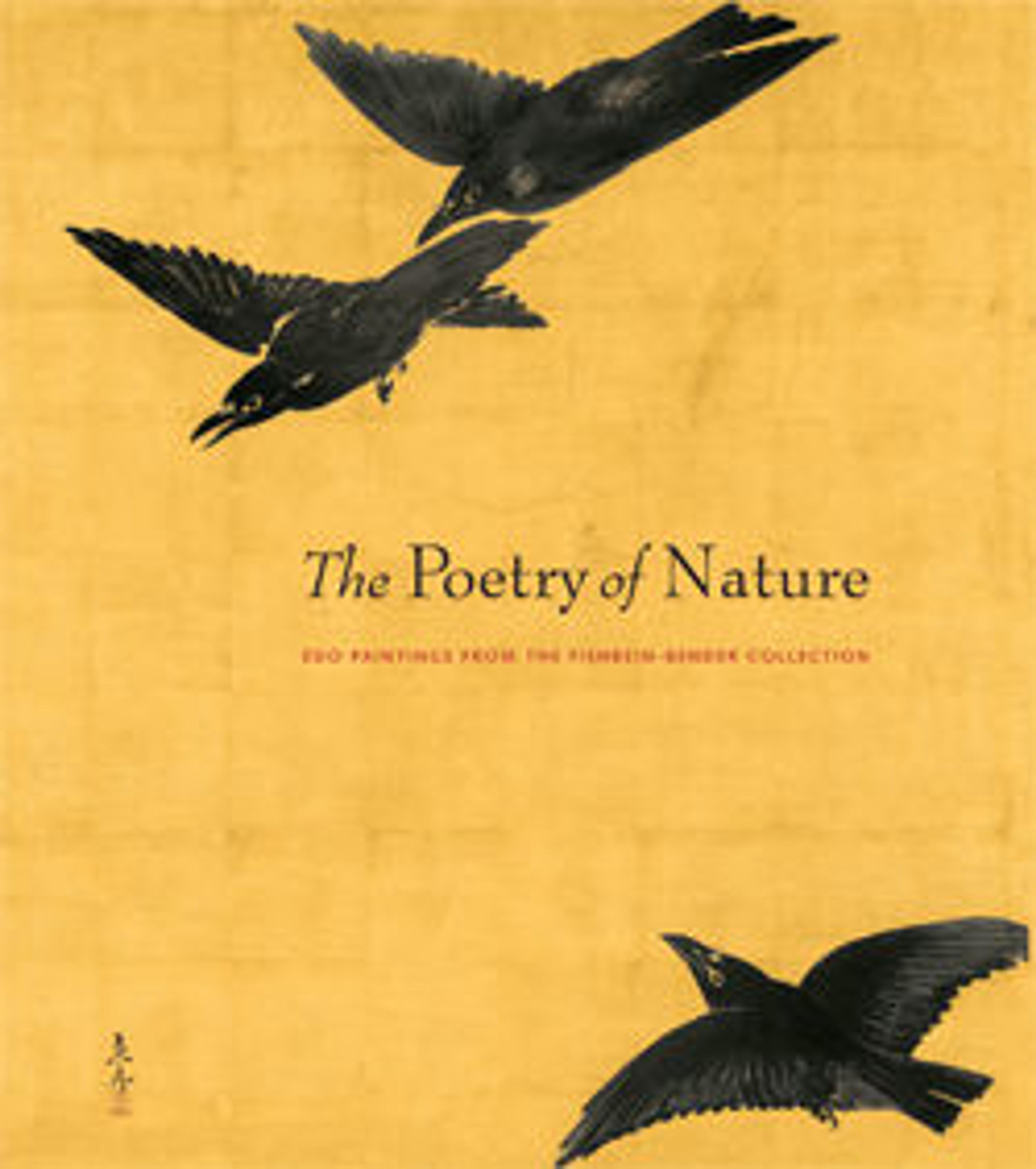Autumnal Landscape with a Waterfall
Ike Gyokuran was one of the best-known women artists of the Edo period. She grew up in Kyoto, where her family owned a tea shop and her mother and adoptive grandmother published waka poetry. Later, Gyokuran and her husband, the influential and prolific Nanga (literati) painter Ike Taiga (1723–1776), built their home and studio by Gion Shrine, east of Kyoto’s Kamo River. In this painting of an autumn landscape with crystalline foreground rocks before a background waterfall, the artist combines soft brush lines and angular, darkly inked, calligraphic strokes. Abundant short blue-green marks and pink dots indicate evergreen trees alongside the maples and other deciduous trees changing color in the mountains.
Artwork Details
- 池(徳山)玉瀾筆 秋山水図扇面
- Title: Autumnal Landscape with a Waterfall
- Artist: Ike (Tokuyama) Gyokuran (Japanese, 1728–1784)
- Period: Edo period (1615–1868)
- Date: second half of the 18th century
- Culture: Japan
- Medium: Fan mounted as a hanging scroll; ink and color on paper
- Dimensions: Image: 7 1/2 x 20 9/16 in. (19.1 x 52.3 cm)
Overall with mounting: 52 1/4 x 30 3/4 in. (132.7 x 78.1 cm)
Overall with knobs: 52 1/4 x 33 1/8 in. (132.7 x 84.1 cm) - Classification: Paintings
- Credit Line: The Harry G. C. Packard Collection of Asian Art, Gift of Harry G. C. Packard, and Purchase, Fletcher, Rogers, Harris Brisbane Dick, and Louis V. Bell Funds, Joseph Pulitzer Bequest, and The Annenberg Fund Inc. Gift, 1975
- Object Number: 1975.268.95
- Curatorial Department: Asian Art
More Artwork
Research Resources
The Met provides unparalleled resources for research and welcomes an international community of students and scholars. The Met's Open Access API is where creators and researchers can connect to the The Met collection. Open Access data and public domain images are available for unrestricted commercial and noncommercial use without permission or fee.
To request images under copyright and other restrictions, please use this Image Request form.
Feedback
We continue to research and examine historical and cultural context for objects in The Met collection. If you have comments or questions about this object record, please contact us using the form below. The Museum looks forward to receiving your comments.
